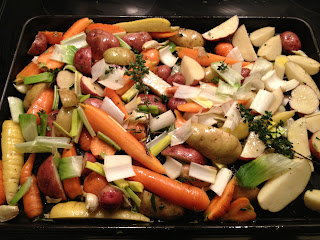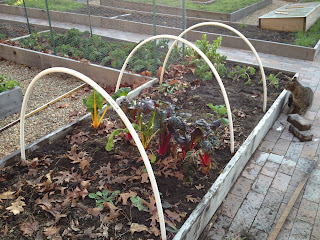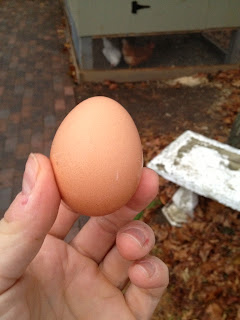Party Food: Delicious Dips

It's New Year's Eve! Not my favorite holiday, but at least it comes with a strong tradition of finger foods. My favorite thing to do with bite-size treats is to dip them in something, so that's what I was working on this afternoon. First up: some roasted garlic. Many of our Spanish Rosas have started to sprout in storage, so I grabbed those for this project: That may have been a mistake, since the flavor is a little greener once they sprout, but using these didn't make me sad about cutting off the tops, since that part is messed up now anyway. The cutting-off-the-tops thing seems to be pretty standard for making roasted garlic in the oven, although this is news to me. I never bothered with that when we roasted some heads on a wood fire back in the fall . I thought using a muffin tray seemed inspired, though, so that's what I did: Next step is to coat them with olive oil. I kind of just drizzled it on. I guess the point is to keep the d...














